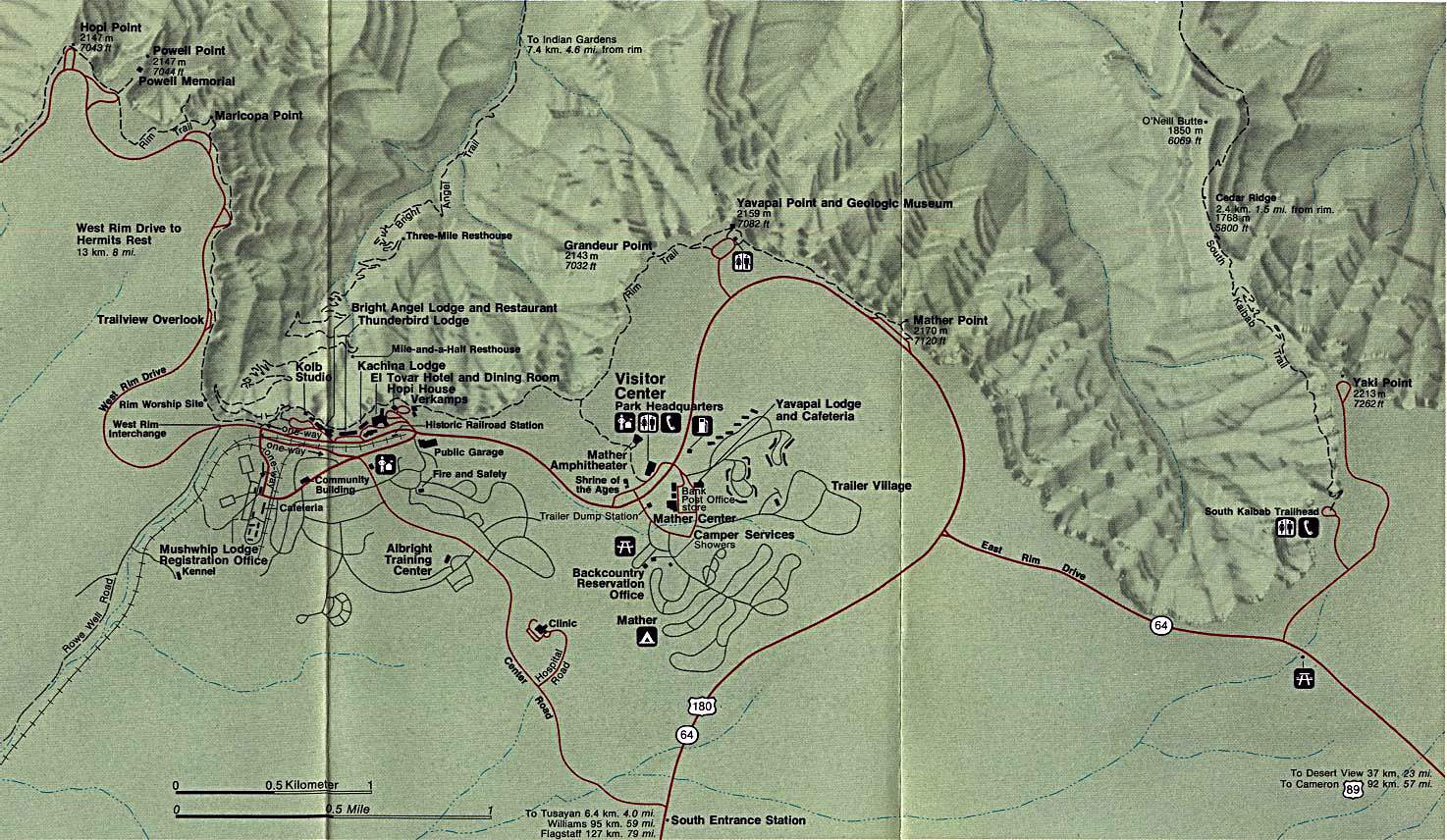Yesterday, I blogged about attempts of some mining companies to circumvent laws put in place by the Navajo Nation Council to prevent uranium mining or transportation on Navajo lands. There are over five hundred contaminated sites in the Navajo Nation from Cold War uranium mining as well as twenty two wells that cannot be used for drinking water because of radioactive contamination. The Council has overturned a ruling by a Navajo Nation committee that would have allowed uranium miners to transport uranium across the Navajo lands. Currently there is a battle raging in the media and the courts over the plans of a Canadian mining company to mine uranium in the Grand Canyon area to the west of Navajo lands.
Last April, U.S. District Court Judge David Campbell denied a request by the Havasupai tribe and a coalition of conservation groups to prevent uranium mining six miles from the Southern Rim of the Grand Canyon, near Grand Canyon National Park. The Chairman of the Havasupai tribe said "“We believe that the National Historic Preservation Act requires the Forest Service to consult with us and the other affiliated tribes before they let the mining company damage Red Butte, one of our most sacred traditional cultural properties.” He also said that the Havasupai Tribal Council would appeal the decision.
The Havasupai tribe is working with conservation groups including the Grand Canyon Trust, the Center for Biological Diversity and the Sierra Club to fight a decision by the U.S. Forest Service to allow Energy Fuels Inc, a Canadian mining company, to reopen an existing mine. The Forest Service decided to issue permission to EFI without consulting with the Tribe and without a new environmental review to update the last environmental review which was carried out over thirty years ago. In the last twenty years, much has been learned about how uranium mining can pollute aquifers and the Forest Service is not taking this into account. The Tribe claims that the proposed mining operation will threaten wildlife such as the California condor which is an endangered species. The Tribe also says that operating the mine will threaten tribal cultural values.
The Tribe fears that the toxic waste from uranium mining will contaminate the aquifers and streams that feed the Grand Canyon and the Colorado River. The aquifers are thousands of feet below the surface and will be impossible to cleanup once contaminated. A former superintendent of the Grand Canyon National Park said, "“Uranium is a special concern because it is both a toxic heavy metal and a source of radiation. I worry about uranium escaping into the local water because more than a third of the canyon’s species would be affected if water quality suffered.” A report from the Environment American conservation organization states, "Uranium mining — which often requires vast open pits, spreads radioactive dust through the air, and leaks radioactivity and toxic chemicals into the environment — is among the riskiest industrial activities in the world. Every uranium mine ever operated in the United States has required some degree of toxic waste cleanup, and the worst have sickened dozens of people, contaminated miles of rivers and streams, and required the cleanup of hundreds of acres of land."
The Tribe and conservation groups intend to continue the fight. The Grand Canyon is a national treasure and should not be permanently polluted with uranium and other heavy metals so one company can profit from the destruction.
Grand Canyon National Park:
